Table of Contents
My Coolant Reservoir Boiling and Overflowing – Mercedes E Class W213 (M274) Case Study
Vehicle: Mercedes-Benz E Class W213 (M274 Engine)
Customer Complaint: Coolant reservoir boiling and overflowing after short trips.
This case study walks through the diagnosis, repair, and prevention of a coolant reservoir boiling and overflowing issue in a Mercedes E Class W213. You’ll learn symptoms, root causes, step-by-step troubleshooting, and how the problem was permanently fixed.

Symptom Overview
The customer brought the vehicle to the workshop, noting that the coolant reservoir was boiling and overflowing after short trips. This overheating issue not only created a mess but raised serious concerns about engine health.
| Symptom | Likely Cause | Related Component |
|---|---|---|
| Coolant boiling in reservoir | Blown head gasket | Cylinder head gasket |
| Overflow after short trips | Exhaust gases in coolant | Combustion chamber leak |
| High pressure in coolant tank | Head gasket breach | Cylinder head |
Upon inspecting the car, I confirmed the customer’s complaint. The coolant reservoir was visibly bubbling, and coolant was spilling out, signaling a critical problem that required immediate attention.
Likely Causes of Coolant Boiling & Overflowing
| Possible Cause | How It Leads to Boiling/Overflow |
|---|---|
| Blown head gasket | Allows exhaust gases into coolant, increasing pressure |
| Faulty radiator cap | Fails to maintain or release system pressure correctly |
| Thermostat stuck closed | Prevents coolant circulation, causing overheating |
| Airlock in cooling system | Expands under heat, forcing coolant out |
| Cooling system blockage | Restricts coolant flow, increasing heat and pressure |
Step-by-Step Diagnostic & Repair
| Step | Action | Result |
|---|---|---|
| 1 | Conduct block test for exhaust gases | Exhaust gases detected in coolant |
| 2 | Inspect coolant reservoir for bubbling | Confirmed overheating & overflow |
| 3 | Disassemble cylinder head | Found blown head gasket |
| 4 | Replace cylinder head gasket | Restored system seal |
| 5 | Refill & bleed coolant system | No more boiling or overflow |
| 6 | Road test under normal conditions | Cooling system stable |
Initial Diagnosis: Coolant Bubbling and Exhaust Gases in Coolant
The first step in diagnosing the issue was to check for the presence of exhaust gases in the coolant. A boiling and overflowing coolant reservoir often indicates a leak between the combustion chamber and the cooling system, which allows high-pressure exhaust gases to enter the coolant.
In this case, I used a chemical block tester, a tool designed to detect the presence of exhaust gases in the coolant. The test confirmed that exhaust gases were indeed present in the cooling system, pointing towards a breach between the combustion chamber and the cooling circuit.

Pressure in the Coolant Reservoir: Cylinder Head Gasket Suspected
Since the coolant reservoir was bubbling and overflowing, and exhaust gases were confirmed, the pressure in the reservoir was clearly coming from the engine’s combustion chamber. This led me to suspect a failure of the cylinder head gasket.
The cylinder head gasket is responsible for sealing the combustion chamber and preventing the mixing of exhaust gases with the coolant.
Disassembly and Inspection: Cylinder Head Gasket Failure
With the root cause potentially traced to a blown cylinder head gasket, I proceeded to disassemble the cylinder head for inspection. The process involved:
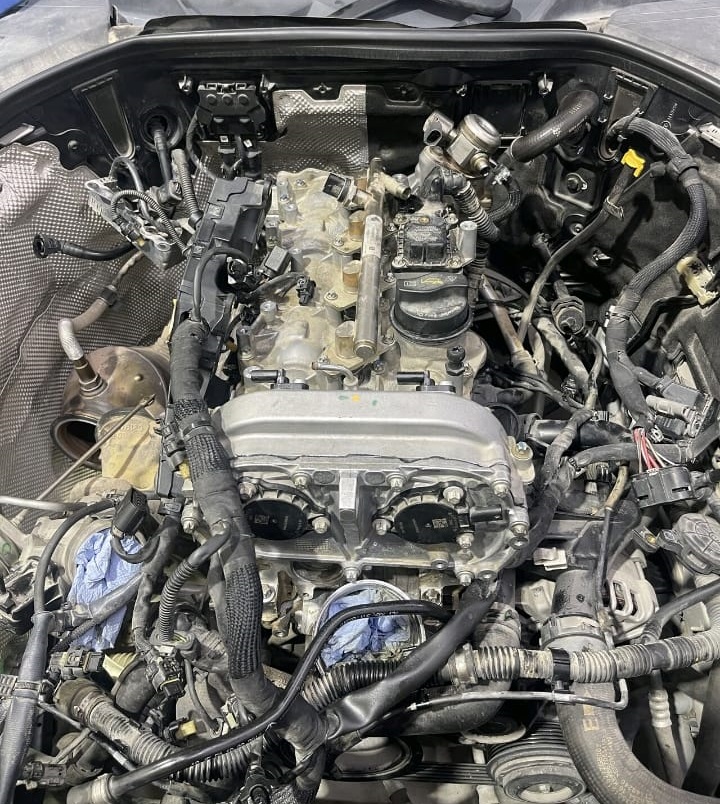
- 1. Draining the coolant and oil.
- 2. Removing the intake and exhaust manifolds.
- 3. Unbolting the cylinder head from the engine block.
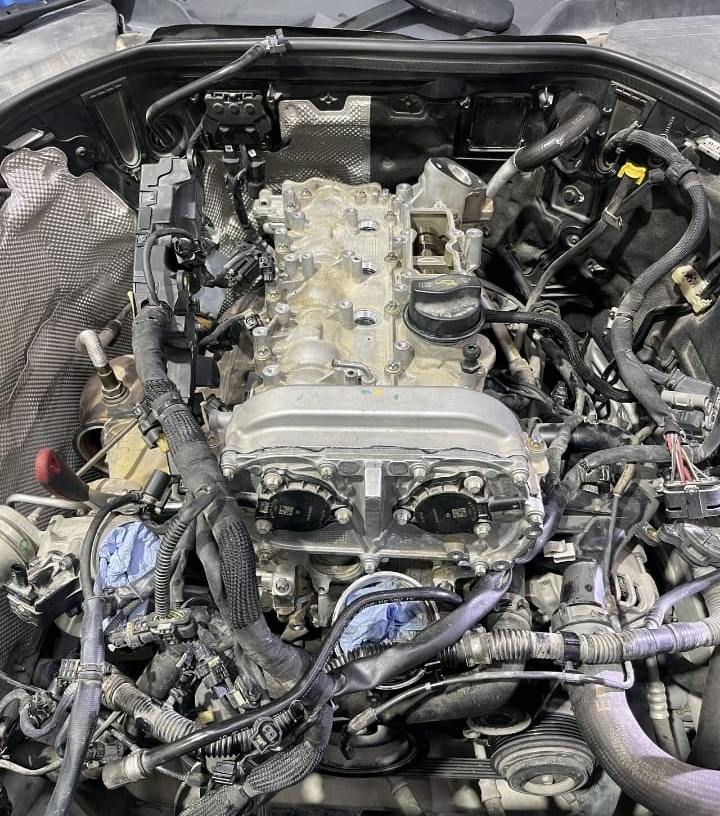
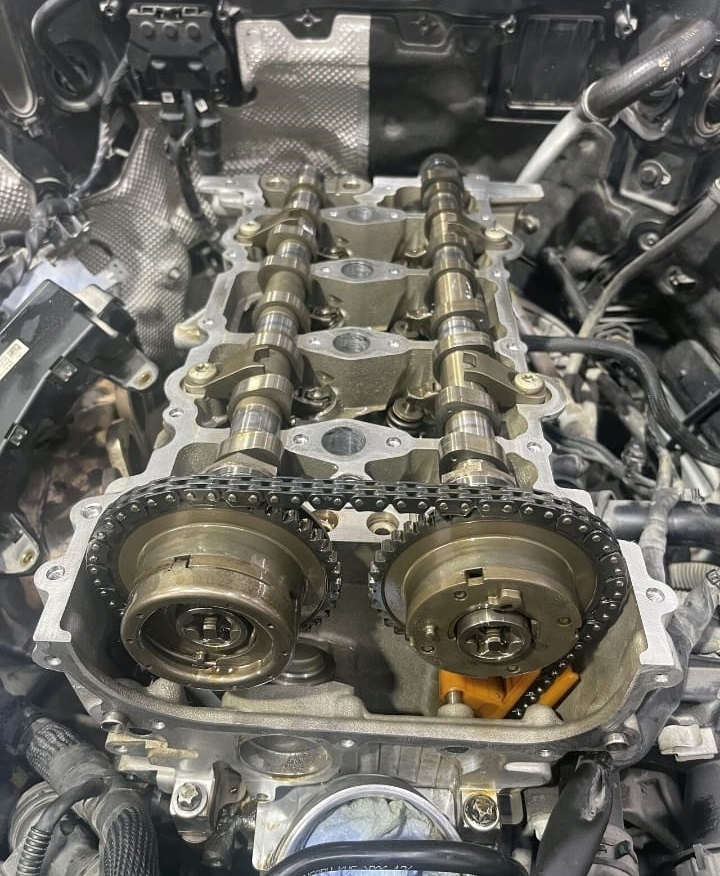
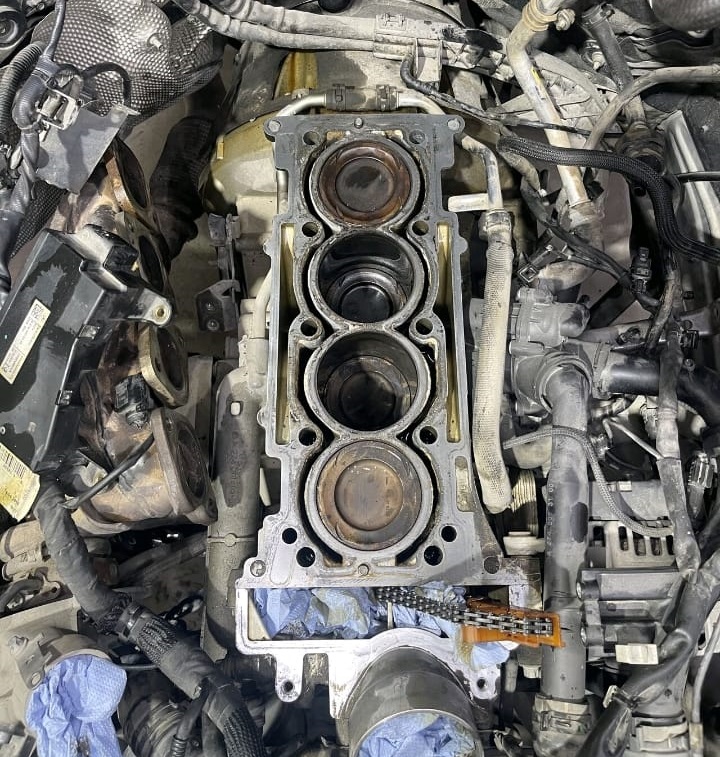
Upon inspection of the cylinder head gasket, it was clear that the gasket had failed. There were visible signs of wear and damage, which explained why exhaust gases were leaking into the cooling system, causing the coolant reservoir to boil and overflow.

Solution: Replacing the Cylinder Head Gasket
To resolve the issue, I replaced the faulty cylinder head gasket. Once the new gasket was in place, I carefully reassembled the engine, ensuring that all components were torqued to the manufacturer’s specifications.
After the reassembly, I refilled the cooling system with fresh coolant, bled the system to remove air pockets, and performed a final test to ensure that the issue was resolved.
Post-Repair Testing: Coolant System Stabilized
After replacing the cylinder head gasket and reassembling the engine, I ran the vehicle under normal operating conditions to verify the repair. The coolant reservoir was no longer boiling or overflowing, and the engine was running smoothly without overheating.
Additionally, a follow-up exhaust gas test confirmed that there were no longer any gases in the cooling system, indicating that the problem had been successfully addressed.
Final Repair Summary
Root Cause: Blown cylinder head gasket.
Repair: Gasket replaced, system bled, cooling system restored.
Outcome: No more coolant boiling/overflow, confirmed by follow-up exhaust gas test.
In this particular case, the root cause of the coolant reservoir boiling and overflowing was a blown cylinder head gasket. The gasket failure allowed exhaust gases to enter the cooling system, which caused the excessive pressure and overheating.
By diagnosing the issue, replacing the gasket, and ensuring the repair was done to factory standards, the problem was resolved, and the car was returned to the customer in good working order.
Prevention Tips
| Prevention Action | Recommended Interval |
|---|---|
| Check coolant level & condition | Monthly |
| Replace coolant | Every 3–4 years |
| Inspect radiator cap, hoses, water pump | Every 12 months |
| Address overheating immediately | At first sign of issue |
More Mercedes Cooling System Resources
Want to explore more causes, symptoms, and repair tips for coolant leaks, overheating, and contamination?
Learn more about Mercedes cooling system faults in our full Cooling System Guide.
FAQ – Coolant Reservoir Boiling & Overflowing
What causes coolant to boil and overflow?
A blown head gasket is the most common cause, allowing exhaust gases to enter the cooling system, raising pressure and forcing coolant to boil.
Can I drive with overfilled coolant?
Not recommended. Overfilling can cause excess pressure, coolant loss, and possible overheating.
What is the role of the head gasket in the cooling system?
It seals the combustion chamber and coolant passages, preventing mixing of exhaust gases and coolant.
Author
Mercedes Expert – Mercedes-Benz Specialist with over 12 years of experience in diagnostics and repair.
Worked in authorized Mercedes-Benz service center. Specializes in cooling system diagnostics, electrical troubleshooting, and advanced engine repairs.

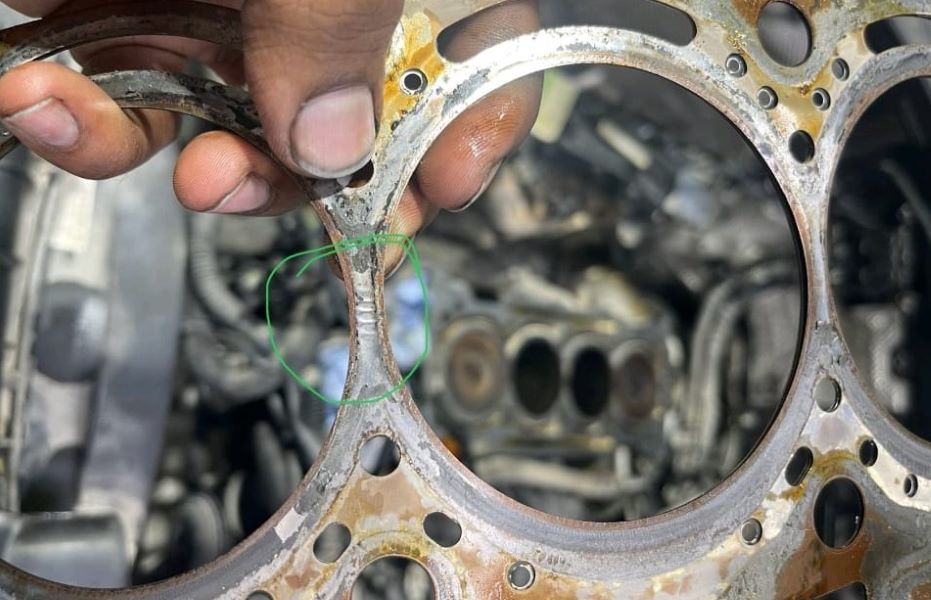
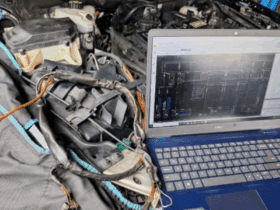
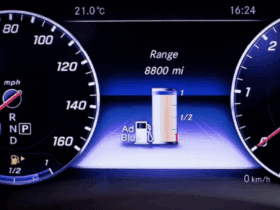


Leave a Reply